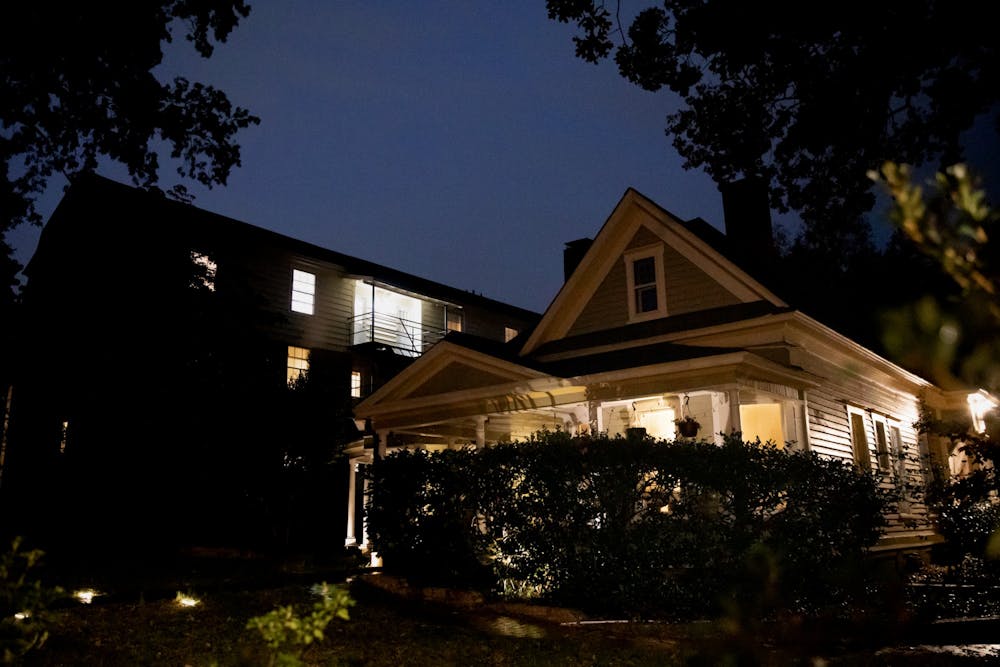Let me preface this by saying that I love history.
I wouldn’t be writing a history column if I didn’t. Not only can learning about our past reveal clues for solving future problems, but reading old newspapers, records and stories is just a great deal of fun.
Similarly, as an urban studies student, I understand the importance of the built environment. Every individual thing that we introduce to our cities and towns — every tree, every light, every bit of pavement — has a particular importance. Things can be seemingly minor, but not necessarily frivolous.
With all of that being said, I think the way we have sought to preserve parts of Chapel Hill in amber for generations has had — and will continue to have — devastating consequences for our shared home.
Let me explain.
The Town of Chapel Hill is currently home to three Local Ordinance Historic Districts: Franklin-Rosemary, Cameron-McCauley and Gimghoul.
All are either located on or near Franklin Street. If you ever walk through these neighborhoods, you will quickly understand why they were preserved. The houses within are easy on the eyes and have a lot of character.
This character is absolutely not some product of an organic process; the town government has published a nearly 180-page document detailing maintenance and appearance standards for structures in these districts. Restrictions include paint colors, foundation maintenance, deck construction and a host of other things that are deemed important to maintaining the district's aesthetics.
Now, as Chapel Hill has grown in population — by around 4,500 people since 2010 alone — it has needed more places to house people. There are a variety of ways that developers and administrative officials are attempting to do so.




